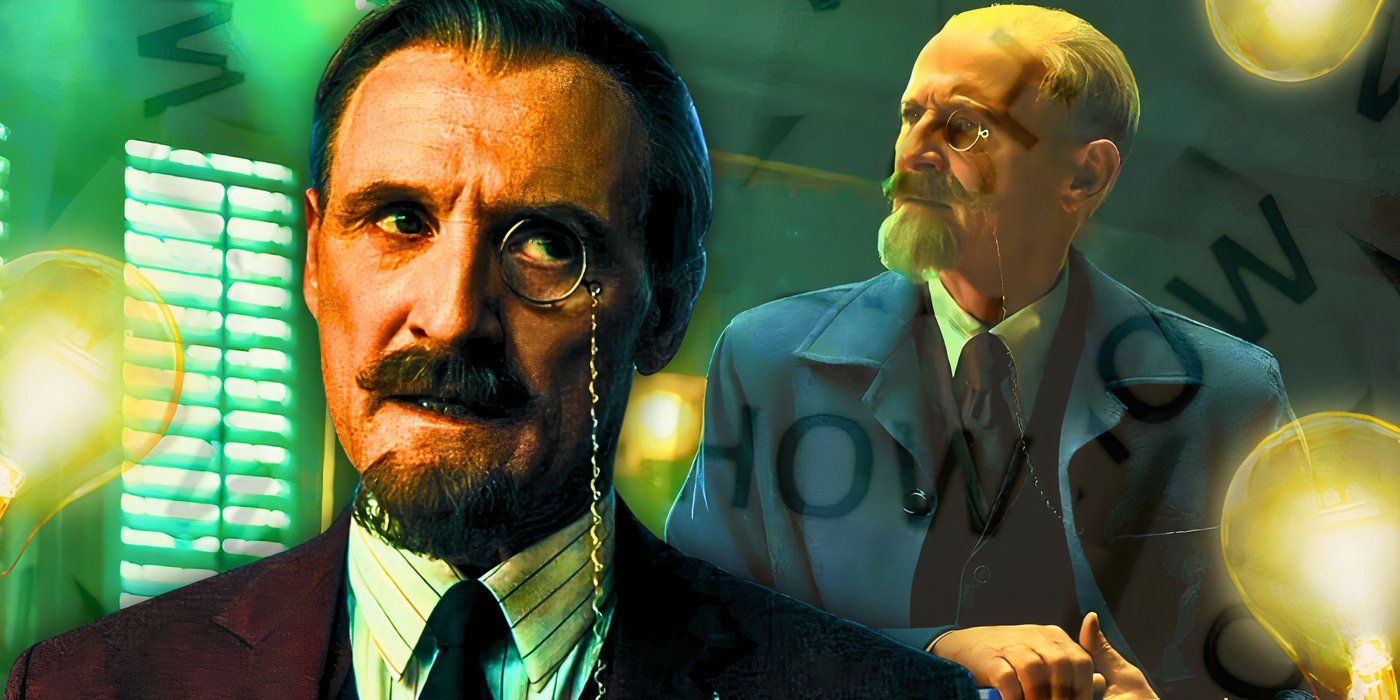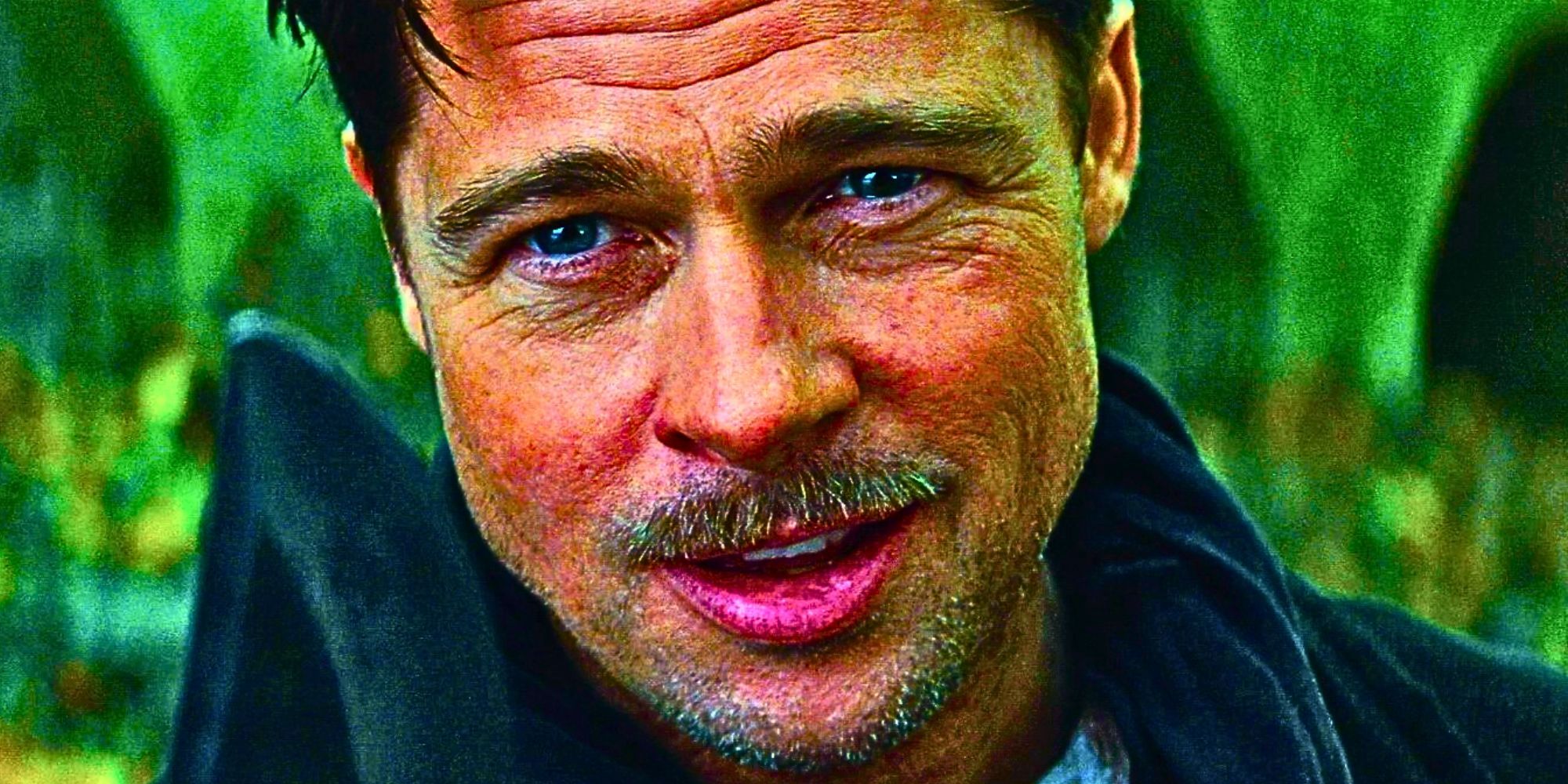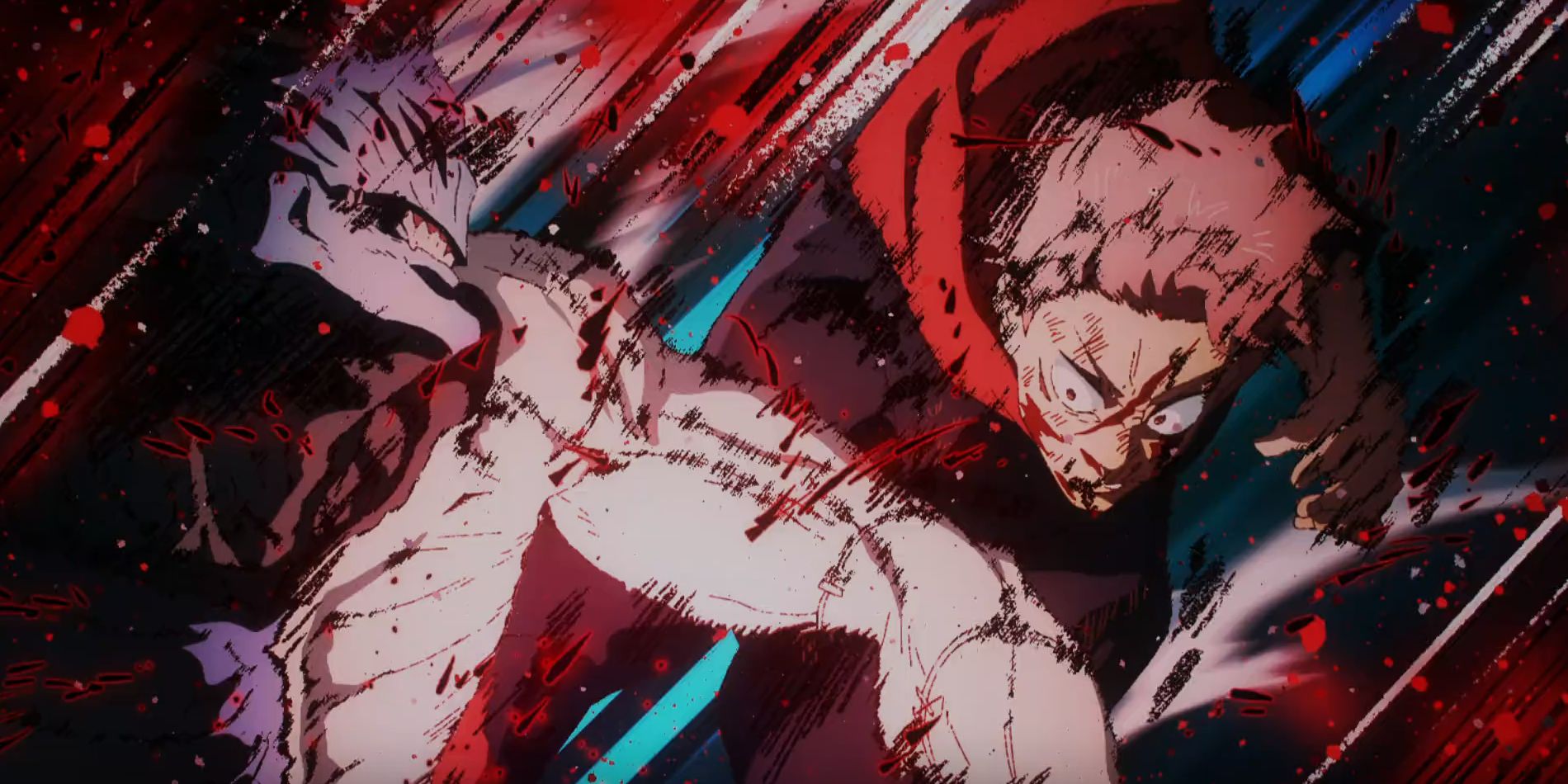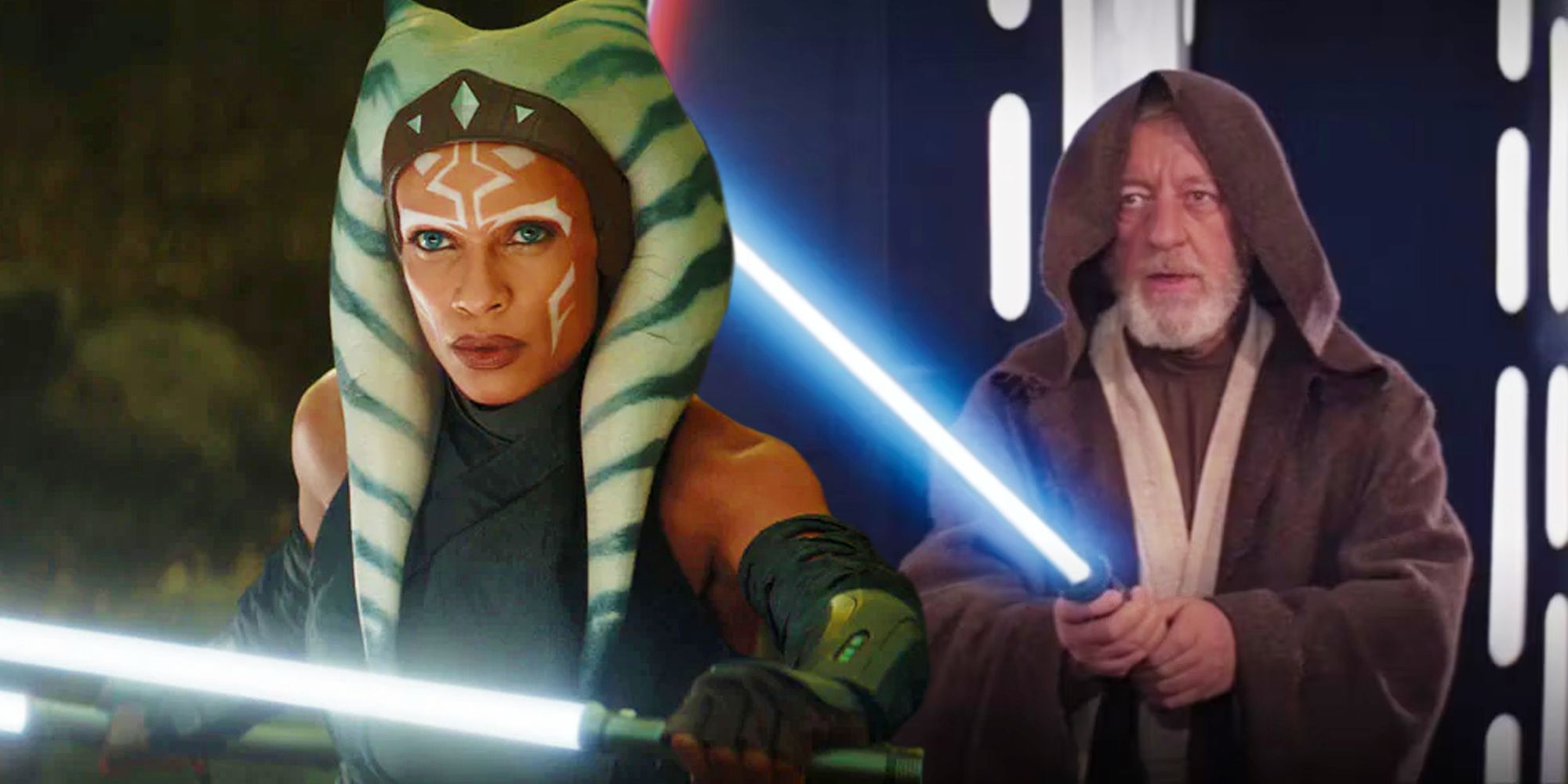A Clint Eastwood Western proved the genre was alive and kicking, five years after a devastating box-office bomb appeared to kill them. Westerns were once one of the most popular genres in American cinema, but moving into the ’60s and ’70s, they started to feel old hat and outdated to audiences. Clint Eastwood was one of the last movie stars to make his name with them, thanks to the success of Sergio Leone’s groundbreaking Dollars trilogy.
Other notable Clint Eastwood Westerns from this era include High Plains Drifter, but even he began to drift away from them by the end of the ’70s. The 1980s was a particularly bleak period for Westerns, with studios tending to focus on more contemporary, “high concept” projects. That’s not to say there weren’t some notable outings, such as Young Guns – which used “Brat Pack” actors like Kiefer Sutherland and Charlie Sheen to lure in younger viewers – or Silverado.
Clint Eastwood’s Pale Rider Saved Westerns After Heaven’s Gate’s Massive Failure
Heaven’s Gate even killed its own studio
The reluctance to produce Westerns during the ’80s can be traced back to the failure of Heaven’s Gate, director Michael Cimino’s follow-up to The Deer Hunter. Cimino had a specific vision in mind for his film, but his exacting style pushed Heaven’s Gate’s budget to $44 million – approximately four times its original, planned cost. Heaven’s Gate was greeted with horrid reviews upon release and grossed a mere $3.5 million at the box office (via Box Office Mojo). In the aftermath, United Artists ceased to be an independent studio and was sold off to MGM.
Heaven’s Gate bombing also signaled an end to the auteur-driven films of “New Hollywood,” where filmmakers like Cimino or William Friedkin were given huge budgets with little studio oversight. Westerns were considered a toxic genre following the movie’s failure, and those that were produced – such as Walter Hill’s The Long Riders – were made for modest sums. Thankfully, Eastwood’s Pale Rider came along to save Westerns in 1985, with the film’s success proving audiences would still turn out for them.
Pale Rider casts Eastwood as a mysterious Preacher who appears out of nowhere to help a struggling family against a corrupt mining baron. The film itself is a spiritual sequel to High Plains Drifter, with Preacher heavily implied to be some form of avenging angel. While Pale Rider isn’t a supernatural horror, it does have gothic horror overtones, but at its very core, it’s a traditional Western tale.
Pale Rider Was The Highest Grossing Western Of The Decade
Eastwood’s film encouraged studios to produce more Westerns
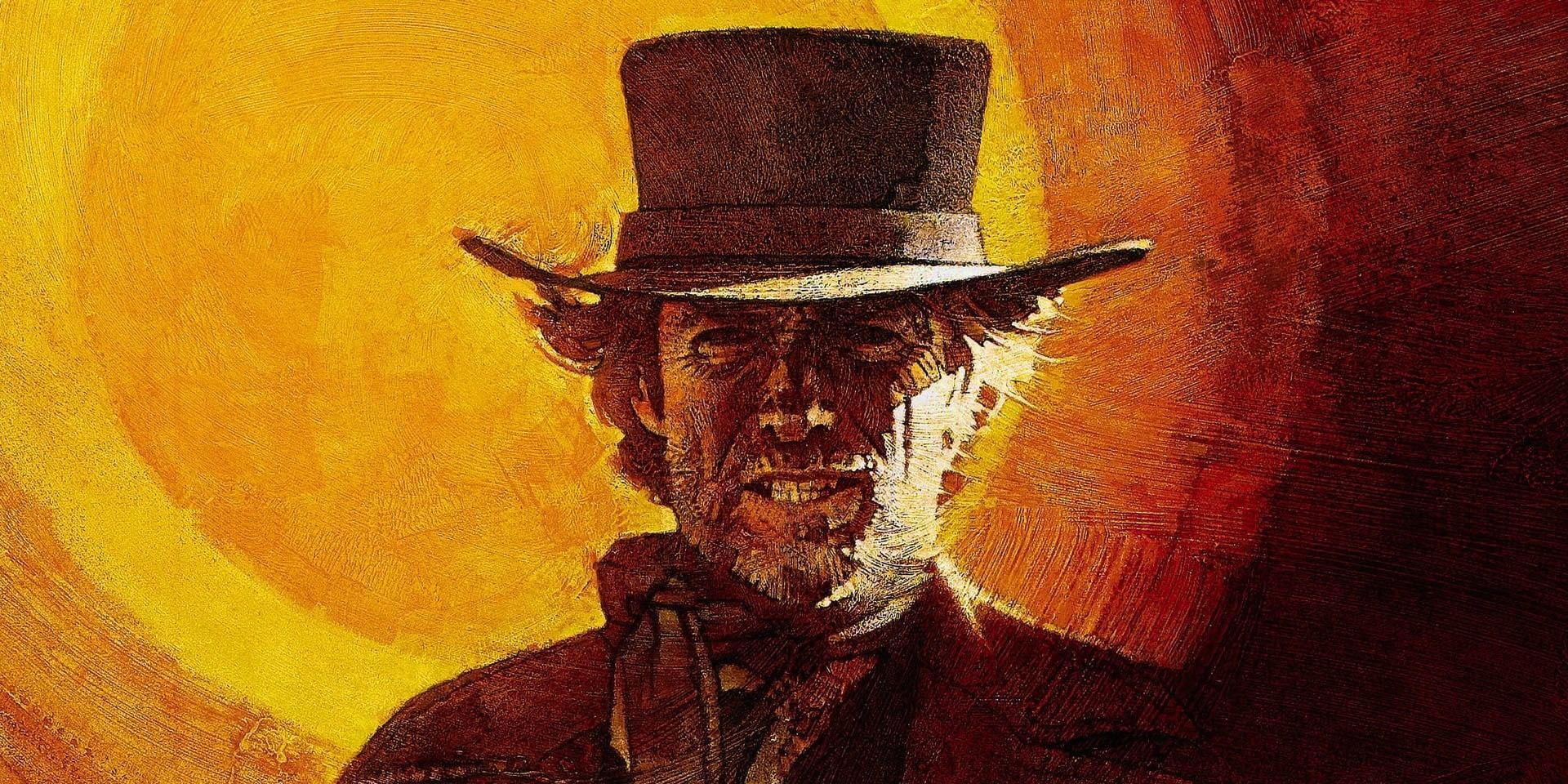
Pale Rider was the first major Western produced following Heaven’s Gate and scored a healthy $41 million, on a budget of around $7 million (via Box Office Mojo). While there wasn’t a huge rush to make more in the genre following Eastwood’s movie, studios began to warm to them again. The Steve Martin Western comedy Three Amigos arrived the next year, while 1988’s Young Guns would almost certainly never have happened had Pale Rider not proven there was still a fanbase for “Oaters.”
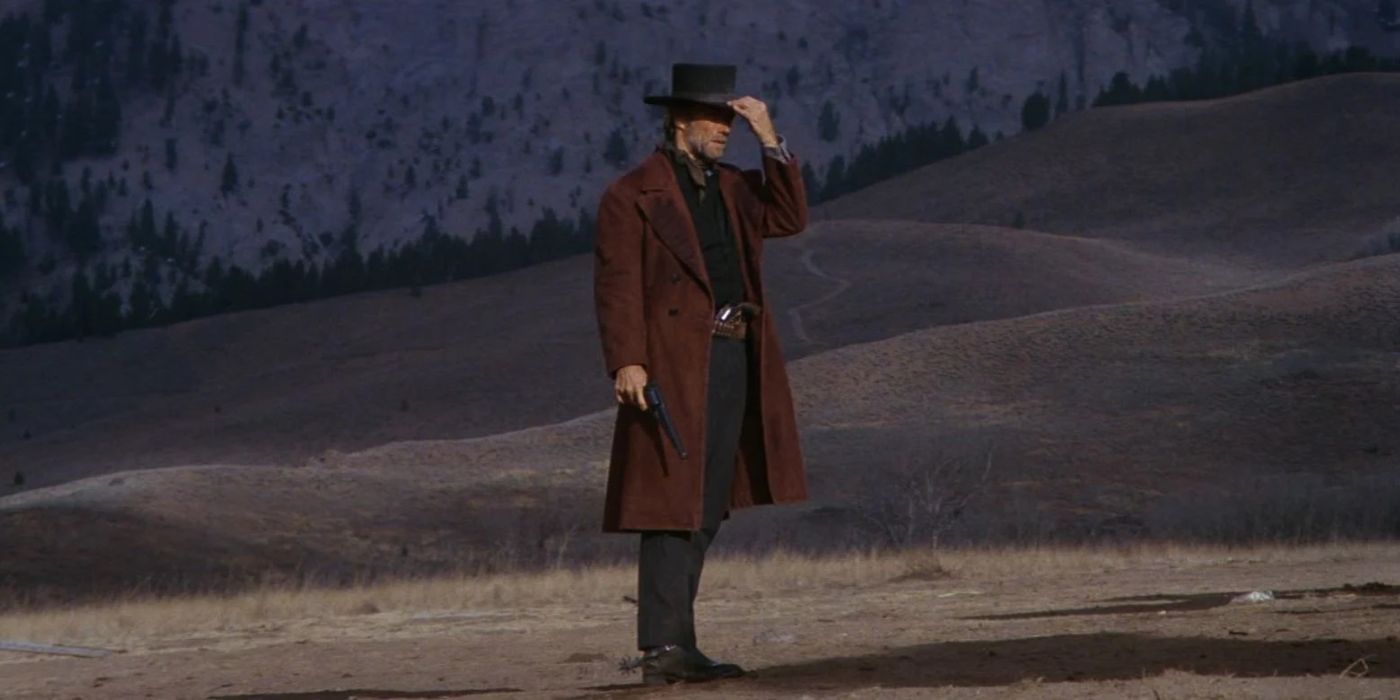
Where Was Pale Rider Filmed?
Clint Eastwood starred in and directed Pale Rider, and its setting is practically a character itself. Where were the filming locations?
It helps that Eastwood was already a proven icon in the genre, but the movie scored solid reviews too. There wasn’t much competition for the title, but Eastwood’s Pale Rider became the highest-grossing Western of the decade and would prove to be the star’s penultimate appearance in the genre. The movie itself tends to be overlooked compared to the likes of Unforgiven and remains one of his more underrated efforts.
Why Eastwood Only Made One Western During The 1980s
Eastwood hadn’t made a Western since 1976
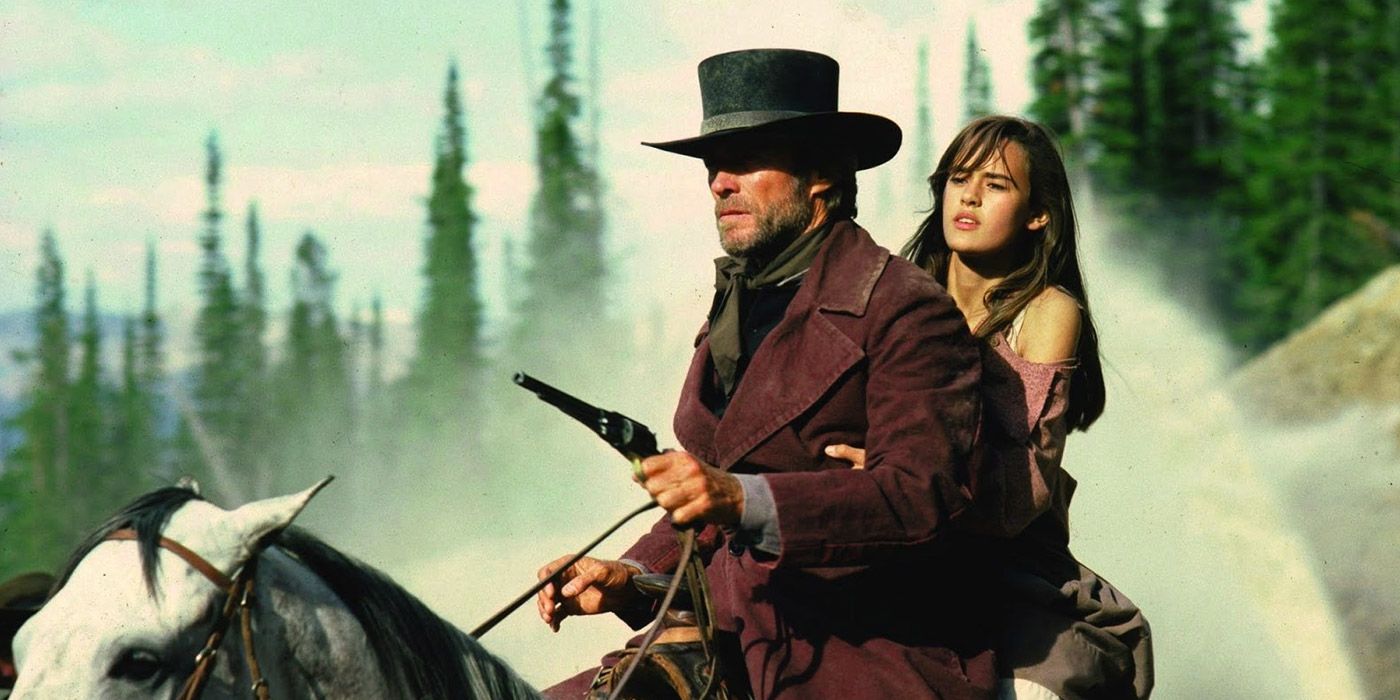
Pale Rider not only gave the genre a much-needed boost, it was a comeback for its star. Pale Rider was Eastwood’s first Western since 1976’s The Outlaw Josey Wales, and despite the acclaim the latter film received, the star shifted focus to more contemporary thrillers or comedies. In an interview for Pale Rider for the British program Film 85 (via YouTube), Eastwood was asked about returning to the saddle after nearly a decade away; it turns out he had missed the genre too.
The film itself was penned with the star in mind by his Gauntlet screenwriters Michael Butler and Dennis Shryack, with Eastwood being drawn to the supernatural implications of the tale. As he would also do with his final Western Unforgiven, he put Pale Rider in a drawer for a few years before returning to it, since he’d missed the genre. The star was ultimately wise to put some distance between Westerns and himself during the ’70s as his career took off in a different direction, but that only made Pale Rider feel like more of an event when he returned.

